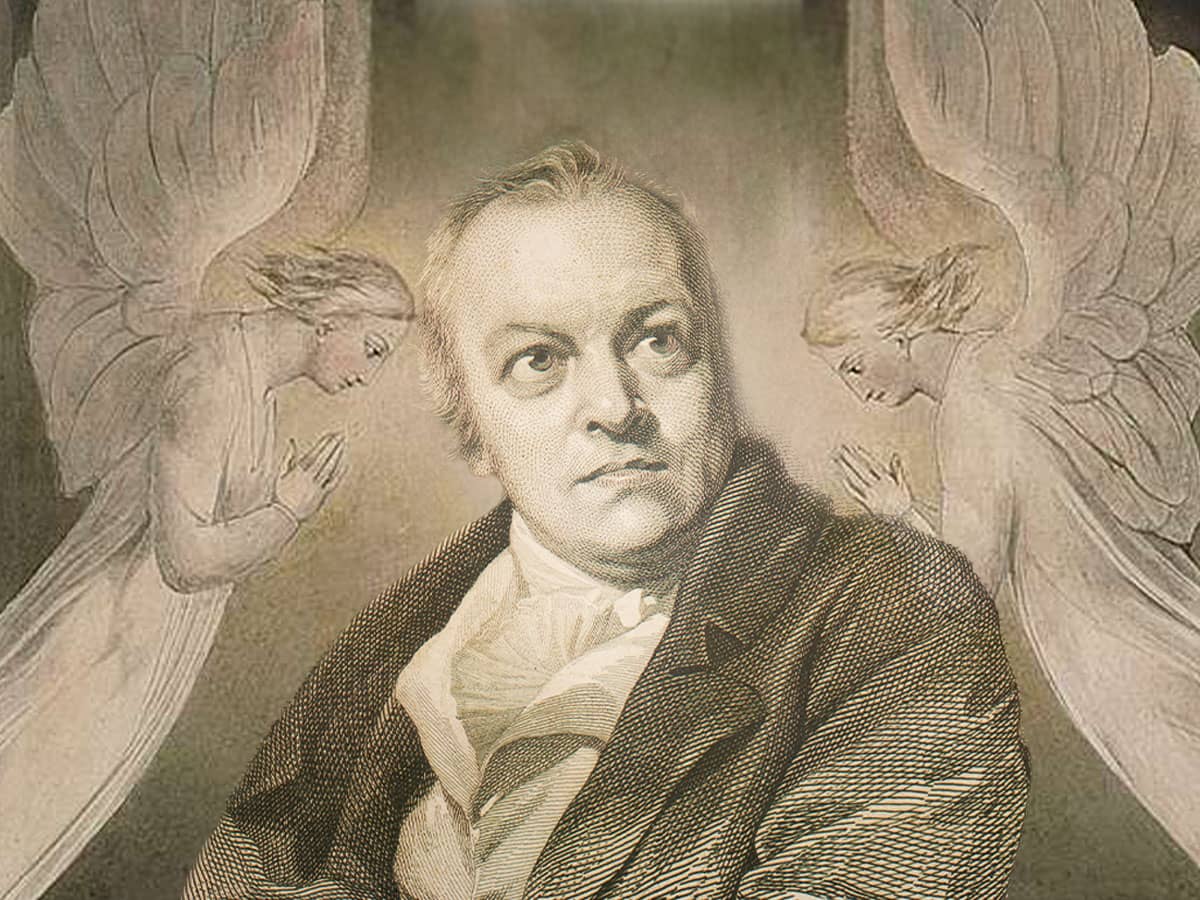
 I tend to judge books by their endings. If a book ends well, I'm usually ready to forgive any shortcomings it might have suffered on the way there. But if a book that's been good throughout lets me down at the end, that's what I'm most likely to remember when I think back on it later. To my mind, if a book doesn't have a good ending, then it's just…not that good a book.
I tend to judge books by their endings. If a book ends well, I'm usually ready to forgive any shortcomings it might have suffered on the way there. But if a book that's been good throughout lets me down at the end, that's what I'm most likely to remember when I think back on it later. To my mind, if a book doesn't have a good ending, then it's just…not that good a book. My appreciation for endings goes back--way back--to my discovery, as a child, of a Dr. Seuss Beginner Book by P. D. Eastman called Go, Dog. Go!
As many a reader around my age will remember, Go, Dog. Go! is a book about activity. Throughout its pages, a horde of multi-colored dogs of every size and shape engage in a series of games and situations designed to show young readers what a big, exciting place the world is.
But--just as in the real world--tensions exist from the beginning. A few pages into Go, Dog. Go! a pink poodle and a yellow dog that looks something like an overgrown beagle meet up.
"Hello!" says the poodle, who is sporting a blue hat with a daisy stuck in the brim. "Do you like my hat?"
"I do not," the beagle responds.
In the following pages, this encounter repeats twice more. Each time the poodle and beagle meet, it's the same story. The poodle asks the beagle if he likes her hat, and the beagle replies in the negative.
Meanwhile, the other dogs pursue their mad activities. The action is exciting, but essentially shapeless and chaotic: Dogs driving cars on one page, dogs riding on a roller coaster on another page, dogs playing tennis on top of a hot air balloon on another. Much like life itself, it's just one thing after the next, with--seemingly--no rhyme or reason at all. The only real narrative thread is the one created by those occasional, unsatisfying meetings between the pink poodle and the yellow beagle.
But then, suddenly--page 52, to be exact--everything changes. Once more we again find the dogs in their cars and on the road, but this time they seem like they're going someplace very definite.
"Where are those dogs going?" the text asks. The next page gives the answer: "They are all going to that big tree over there."
This is, the reader guesses, no ordinary tree. The dogs file up a ladder leaning against its trunk to a party that is taking place in its upper branches: a party that renders all the fun that has happened up to that point pale by comparison. The dogs jump rope, bounce on trampolines, fire out of cannons…the same kind of thing they've been doing in the previous pages, but now all at once and all together in the same place, so that what before seemed simply chaotic now takes on a kind of wild but deeply appealing coherence. At the center of the action, a giant pink cake is cut up and presents are opened. Is it Christmas? Somebody's birthday? Both?
But the book isn't quite over yet. Who should we meet again here in its final pages? The pink poodle and the yellow beagle.
As usual the poodle is wearing a crazy hat--but this time it's crazier than ever. A candy cane, a mop, a fishing pole with a fish attached, and various other nonsensical items crowd around the brim, while at the center there sits a giant potted daisy. If the beagle didn't like the hats the poodle was wearing before, there's surely no way he's going to like this one.
"Hello again," says the poodle. "And now do you like my hat?"
"I do," says the beagle. "What a hat! I like it! I like that party hat!"
I read Go, Dog. Go! fairly obsessively as a child, and as I grew older its images stubbornly stayed with me--even as I moved on to other, longer books about other, more complicated subjects.
In particular, I remembered that giant tree. When, in college, I began reading books about the history of religions, I discovered that for countless cultures the universe--and the hierarchy of material and spiritual domains it is made up of--has been symbolized by a giant tree. That made sense--a deep sense--to me.
Likewise, when I learned that, again in cultures without number, the end of time is symbolized by a grand and endless feast (one that sometimes even actually takes place in the topmost branches of the tree of the universe), the first thing that came to mind was that big pink cake.
But most importantly, I thought of Go, Dog. Go! when I read those unrivaled words about the end of time and the world made by Dame Julian of Norwich: "Sin is behovely, but all shall be well, and all shall be well, and all manner of things shall be well."
In other words, no matter how difficult--and seemingly meaningless--life gets down here in the complex, confusing, and chaotic Dr. Seuss book of earthly life, a higher dimension exists: one where, ultimately, everything really will work out for the best.
At the end of the book, the last word will belong the yellow beagle:
"I like it! I like that party hat!"
Ptolemy Tompkins is a Senior Editor at Angels on Earth Magazine.
'Incorruptible' by Ptolemy Tompkins reprinted with permission from Angelsonearth.com. Copyright © 2007 by Guideposts, Carmel, New York 10512. All rights reserved.
To subscribe to Angels on Earth Magazine click here.

